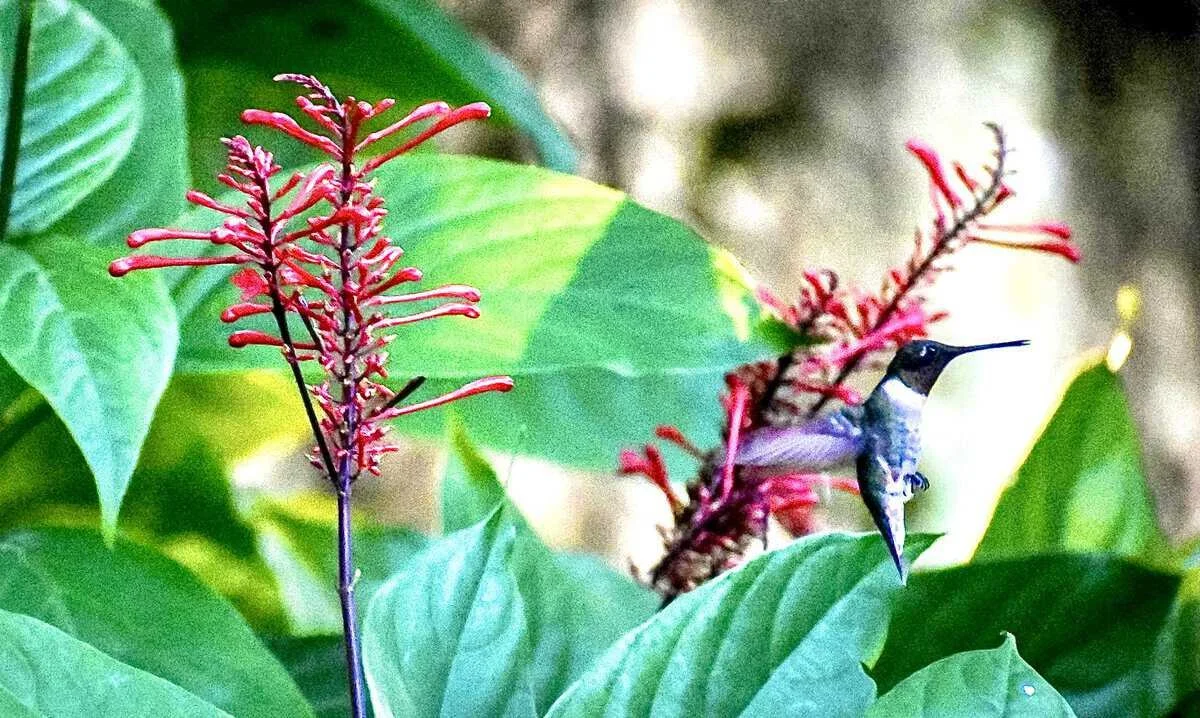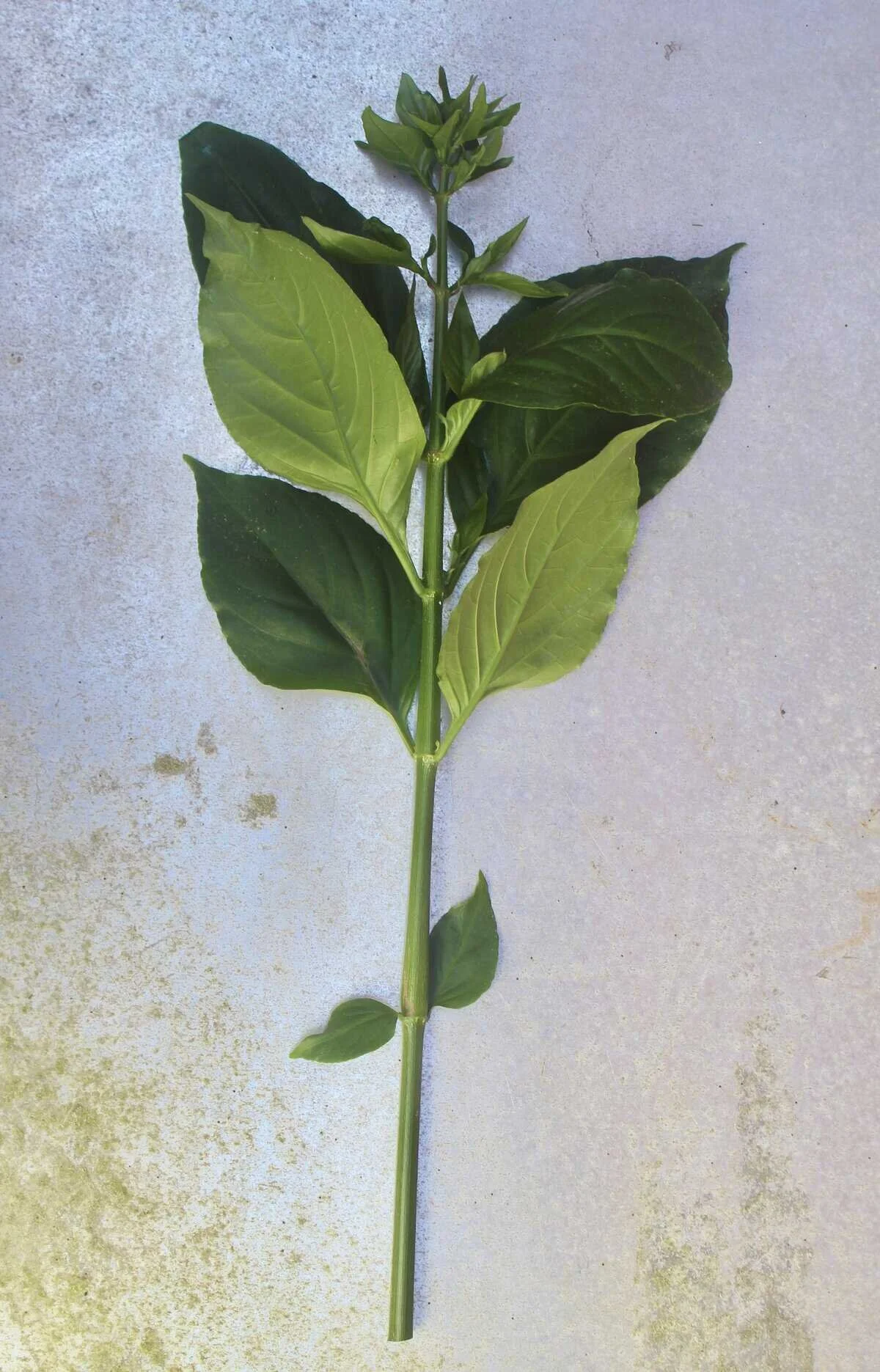Firespike Bush Plant Profile
“Red Firespike” Odontonema cuspidatum OR “Purple Firespike” Odontonema callistachyum
One of my all-time favorite backyard plants. It’s rare for me to spend time outside and not see or hear hummingbirds nearby when it’s in bloom. In zone 9, the Ruby Red Throated Hummingbird is the most common to spot zooming past on its way to its next flower.
Photo Credit: RJ V.
The blossoms no doubt inspire the common name of the Fire Spike Bush, with vibrant red buds shooting out on all sides of the flower spike.
This lovely bush definitely prefers a southern home, not tolerating too much cold. Leaves burn easily at freezing temperatures, so it’s best to cover them if the night dips below 30 degrees. If your winter gets snow, it may be best to keep this as a potted plant, bringing it out on the porch during the spring/summer for the hummingbirds to enjoy.
It’s a perennial plant, so it will last years under proper conditions and care.
Sunshine Requirements
Ideal Humidity
Soil Type
Watering Frequency
Fertilizer Requirements
Propagation
How to Care for the Firespike Bush
Sunshine Requirements
When grown in full shade, its dark green leaves grow to a whopping 10 or more inches.
When grown in full sun, leaves stay small, not much larger than 5-6 inches long with a lime green tint.
They tend to flower more generously in bright locations.
Typically they develop much more full, vibrant leaves and thick stems in shadier areas.
If you allow them to, they’ll grow well above 6 ft tall, and make a lush barrier along the fencerow.
Soil Type
Potting soil or even basic top soil works fine, they aren’t too picky. These plants do like slightly sandy, well draining soil. You can mix in a scoop of succulent mix to achieve this.
Watering Frequency
Firespikes thrive with plenty of water, heavily watering once a week is recommended. Be sure to use a container with drainage holes so the roots are not in standing water.
Fertilizer Requirements
The Firespikes I’ve seen thrive the most have been planted under oak trees or other large shade trees, and the fallen leaves make for a nice, rich soil. I typically never have to fertilize those. When kept in full sun, adding compost or a sprinkle of basic flowering variety fertilizer can encourage growth.
Propagation
These bushes are easy to propagate with a small 4-6 inch section of stem. Be sure to include at least one node in your cutting! You can place them in water if you prefer, but I’ve found most success propagating directly into soil.
When pruning cut just an inch or so above a node. This node will be where your new stems will grow from. Remove all of the leaves from your cutting and set the stems off to the side. When removing leaves, I typically cut the top portion of the stem down to the next highest node I see.
You can either sow cuttings directly next to the mother plant for a denser bush, or fill a nursery pot with some soil and grow them separately.
Once you’re ready to propagate, push the stems a few inches into the ground (for a 6 inch cutting, I burry about 2-3 inches of the stem)
Place cuttings in partial shade and water when soil becomes dry.
There are many varieties and cousins of the Fire Spike, all with unique foliage and colors of their own. Similar plants in the Acanthaceae Family include:
Justicia Spicigera (Orange Flame), Justicia Brandegeeana (Mexican Shrimp Plant).
These are also excellent hummingbird bushes and have beautiful, whimsical flowers.






